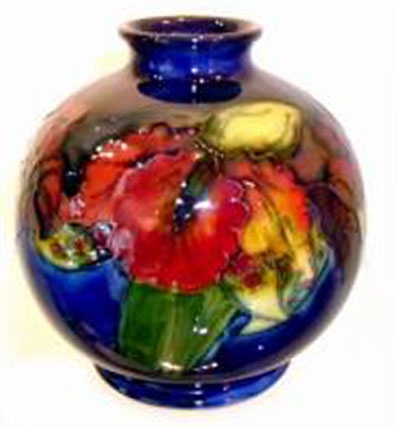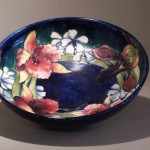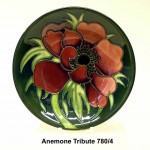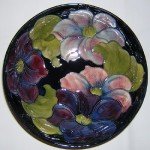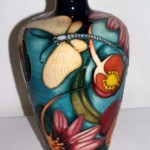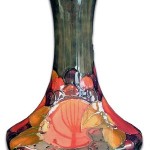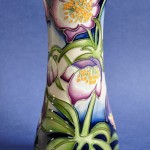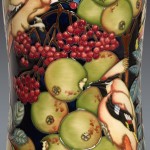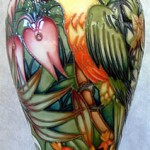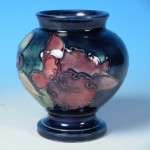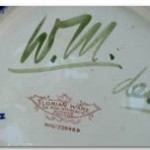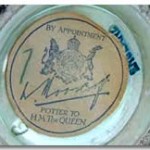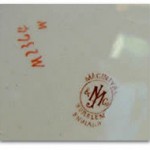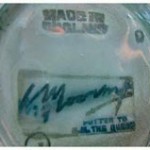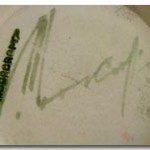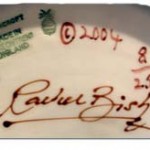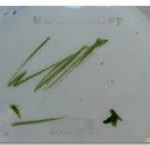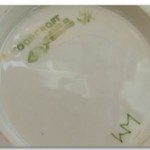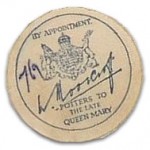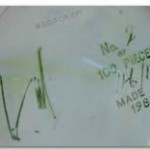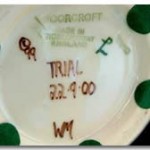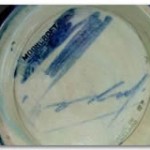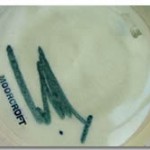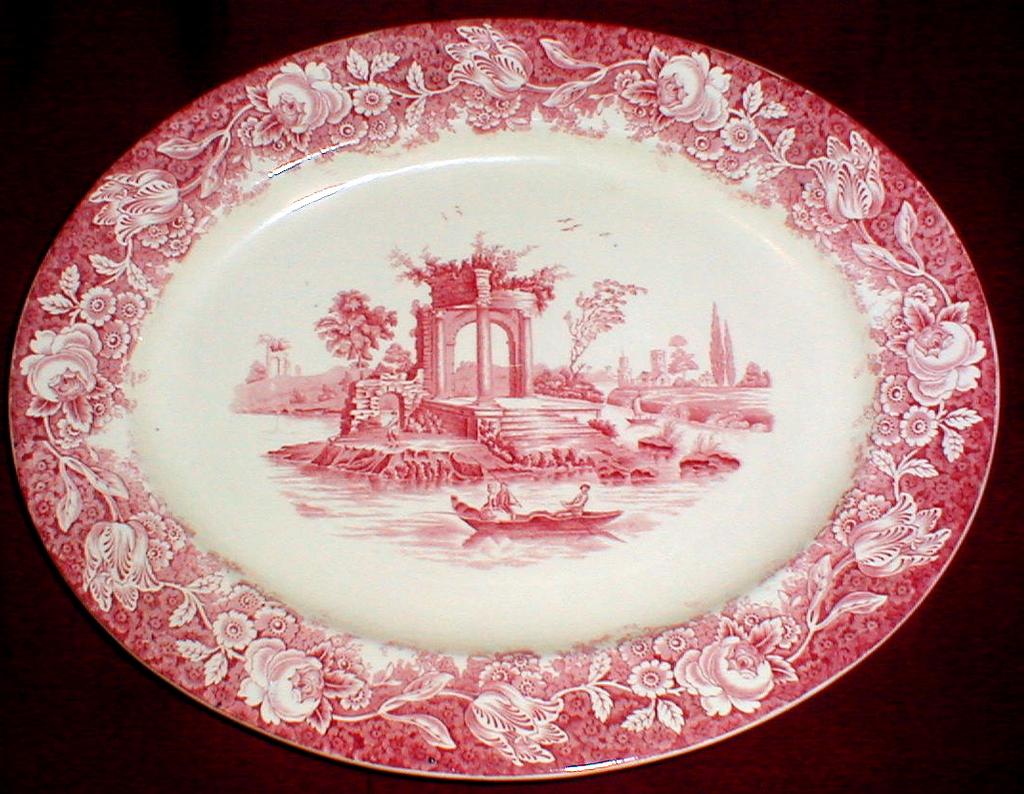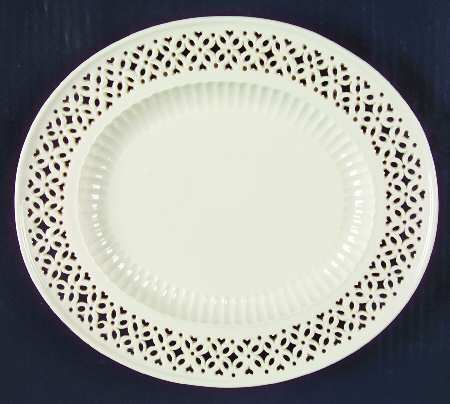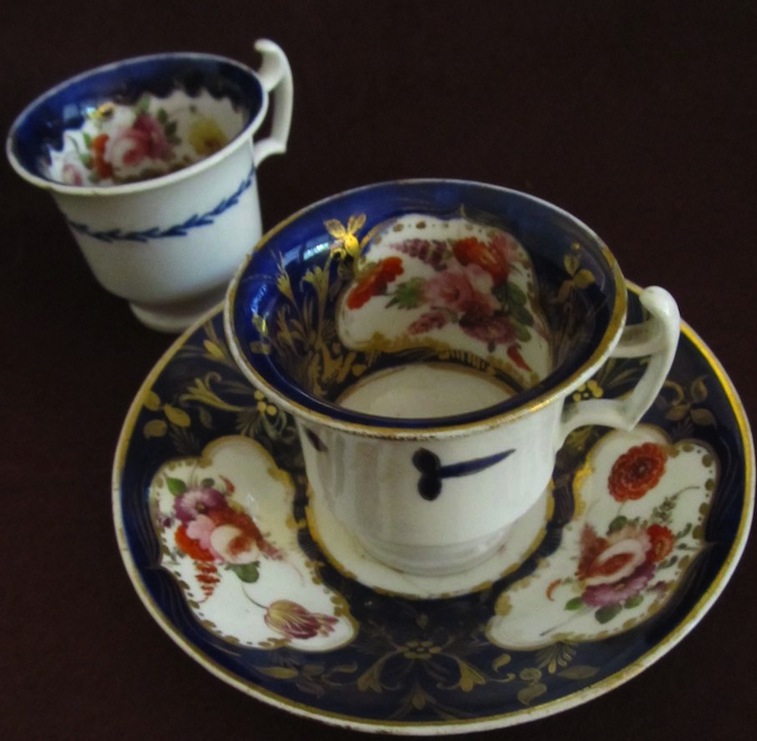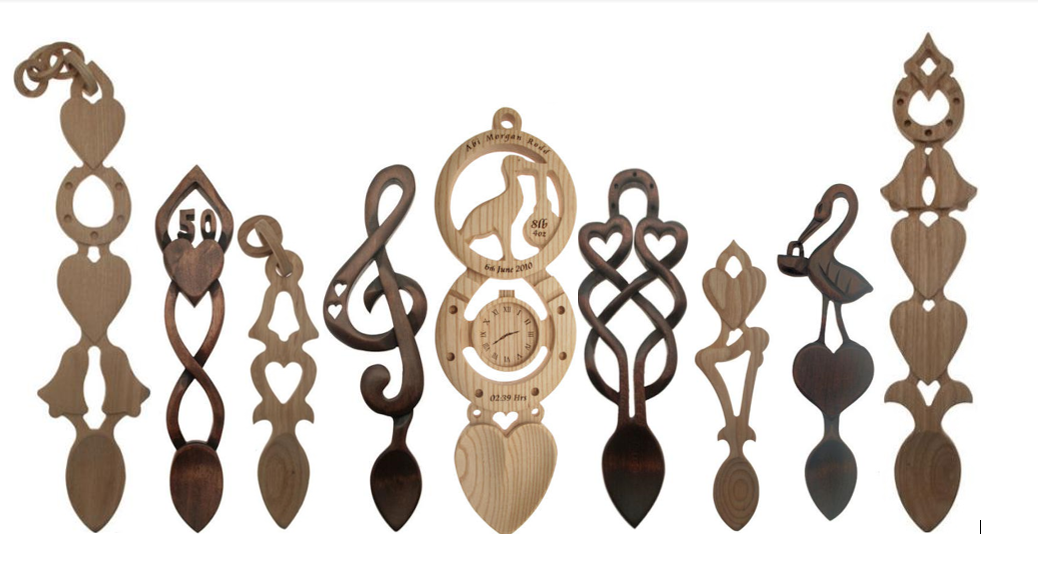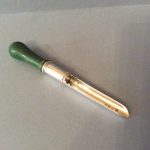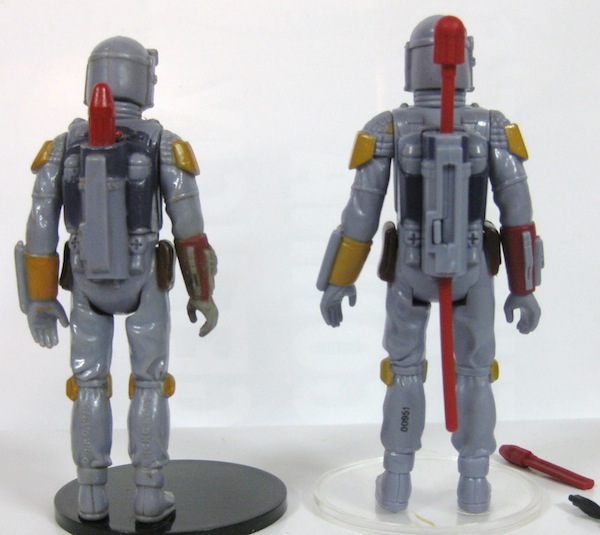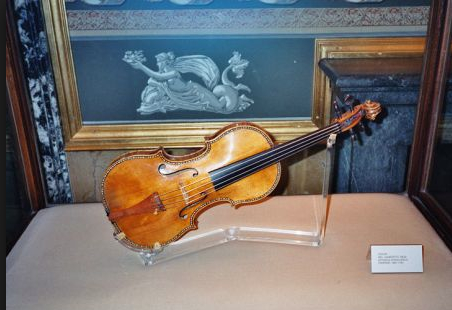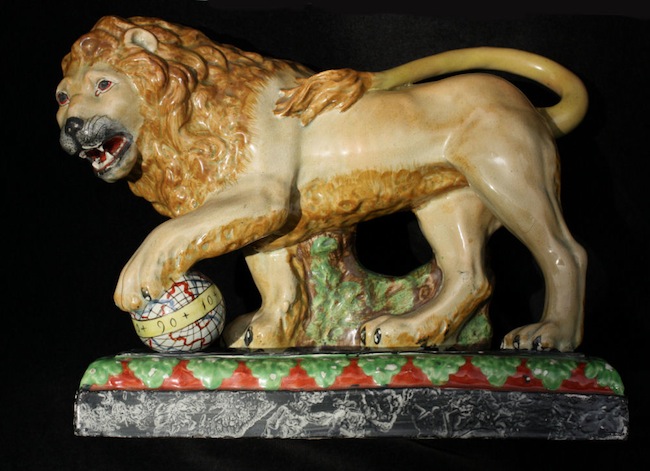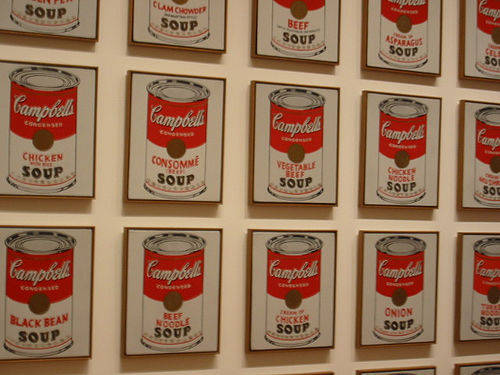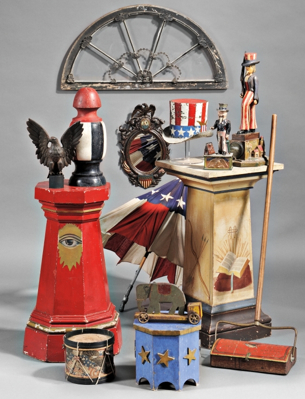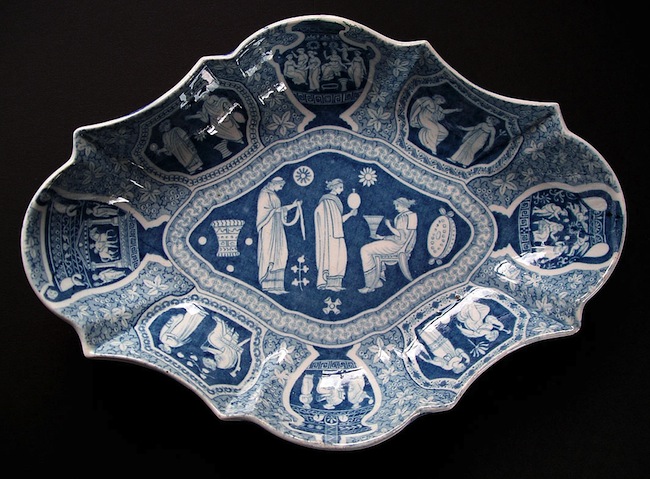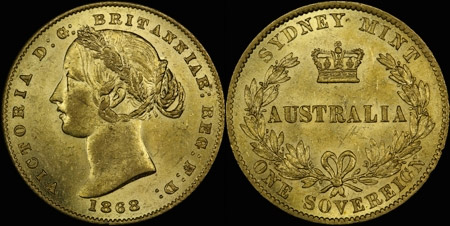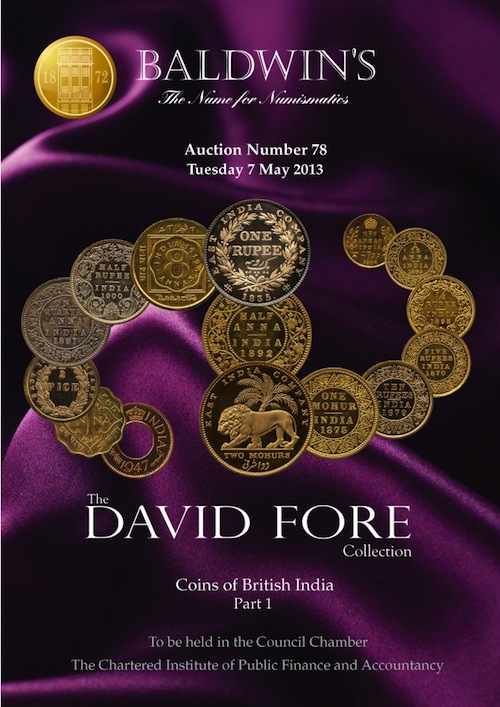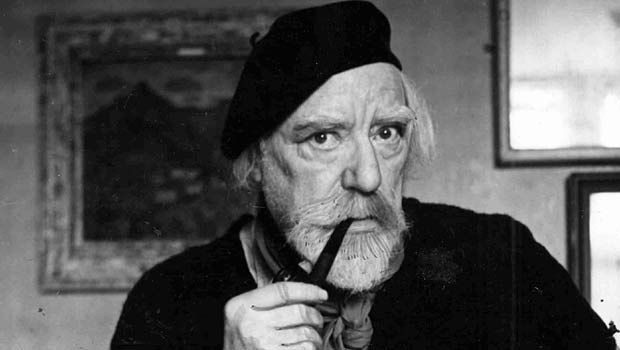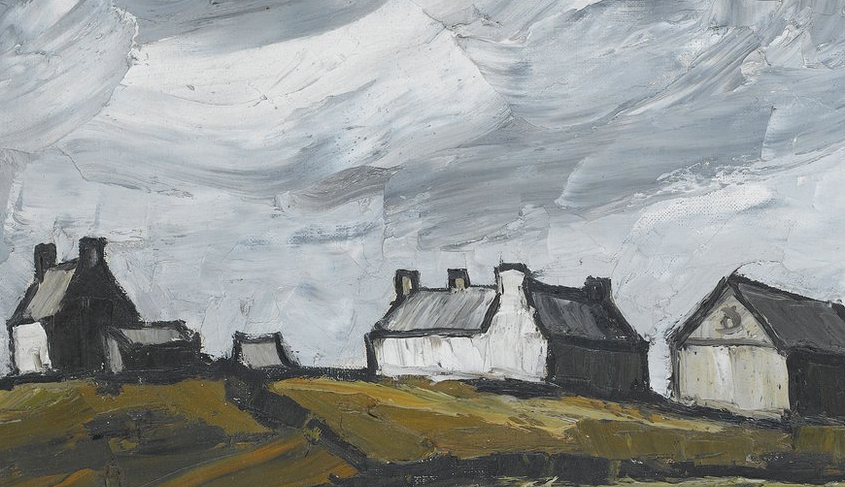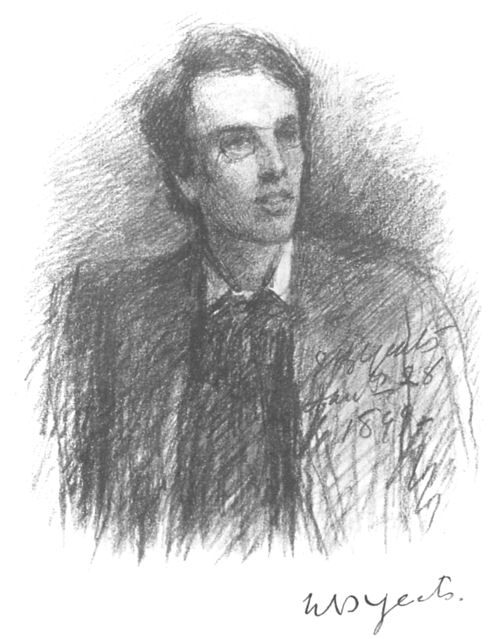Introduction
In the history of Moorcroft Pottery two players emerge, that is William and his son Walter. The father William innovated Moorcroft pottery and his son carried on the tradition. It is generally agreed that the father was the great figure in this unfolding event. His innovation and quality is revered the world over. Born in Burslem, England in 1872 he studied in schools of craft and obtained his Art Masters Certificate in 1897. He went on to work at James McIntyre & Co in Burslem. Here he produced the early works of Aurelian and went on to be the innovator of MacIntyre Ware.
This produce the Florian Ware, Later MacIntyre Ware,Landscape Pattern and Lustre Ware for Liberty & Co.A lot of this production was to do with utilitarian function such as table ware Thereafter he moved to Cobridge and arguably produce the Art pottery for which Moorcroft is defined by the most discerning collectors around the world. His work is venerated in countries such as USA, England, Canada, South Africa, Australasia and parts of Asia. His style initially embraced the Art Nouveau period and though it evolved into a more contemporary form it still kept the organic flowing concept of the Nouveau period. The technique was basically unchanged and that was slipware appliqué technique with under glaze colouring. The finish glaze was mostly a deep gloss or a semi matt or a salt glaze. Sometimes pewter or silver mounts were applied.
Collecting
Hollow Ware: Consisted of bowls, vases, tazza’s, tobacco jars, covered jars, single and twin handle jugs.
The vases are classic shapes with or without lip or foot. Shapes are often classic or Oriental inspired such as the Meiping vase shape.
Flat Ware: Plates, table chargers, wall chargers, plaques
Finish: This is generally slip decorated with under glaze coloration and then over glazed to give a matt to heavy gloss Some Wares were given a flambé treatment. Pewter or silver mounts were used sometimes. These were often made for Liberty and can give them more authority.
Collecting
This is often personal but the most desirable consist of beautifully executed works which harmonise the shape colour and design.Claremont Toadstool,Watatah and Landscape designs are at the top as well as the Spanish and Fish designs Value depends on the number of fish on the piece. Executed in the Eventide or Moonlit Blue pallet is much more desirable as is Flambé. Here one must remember that flambé is not just flambé but each piece has to be assessed in its own way. It could be too dark or too light. So collecting requires an eye. Its just not a pat off thing. Salt glaze is generally not for the true collector, whilst a sheen matt together good subject matter may be okay. Boring Patterns such as the Yacht or Waving Corn pattern won’t get much attention but there are always exceptions.
Caution
All pottery produced is subject to chipping or damaged. It is then often invisibly repaired. So well that even the experts can’t tell. If this is the case and the piece is very rare then this may not matter,because the rareness and difficult to obtain.Damage to any collectable pottery drops the value, sometimes dramatically. Generally repaired Moorcroft is not desirable and difficult to sell on. Collectors don’t like it. So move around with your UV lamp and take council from other collectors and dealers. The auction houses are not of much use generally.
Article Source: Mel Cohen
Dating Moorcroft Pottery
The moorcroft pottery has mainly remained in the hands of one family since its creation and Moorcroft mark changes have been quite few.
The main Moorcroft marks changed as William Moorcroft moved from Macintyre & Co, at the end of the 19th century and then when Walter Moorcroft took over from his father.
The Moorcroft marks remained steady until the modern owners instigated a system of dating and then again until modern Moorcroft design studio artists, where allowed to mark the Moorcroft pottery they personally designed or created.
Modern Moorcroft marks continue to become more elaborate and to provide more and more information.
Moorcroft collectors should be aware of the Silver Stripe that sometimes appears and is almost always through the WM monogram. The Moorcroft silver stripe denotes a second quality or imperfect piece that has failed to pass the strict quality control that Moorcroft demands. These pieces are only ever sold at discounted prices in the Moorcroft factory shop.
Moorcroft Year Cyphers
- 1990 – an impressed arrow
- 1991 – an impressed bell
- 1992 – a candlestick
- 1993 – a diamond shape
- 1994 – an eye
- 1995 – a flag
- 1996 – a gate
- 1997 – a HC monogram for the centenary year
- 1998 – an iron
- 1999 – a jug / pitcher
- 2000 – a key with a double ‘M’ for the teeth
- c1904-1913Typical early Florian ware mark in brown with handpainted W.M initials in green with ‘des’ below.Sometimes with pattern registration number.
- c1904-1913 Common Macintyre & Co, Burslem brown printed mark.Can also be found in black.Sometimes with the pattern registration number (Rd No.)
- c1928-1949 Impressed stamp mark used with facsimile signature and having ‘Potter to HM Queen’ at bottom right.Used prior to and alongside the introduction of the paper label.
- c1928-1949 William Moorcroft full signature used from the opening of the Cobridge works along with MOORCROFT and or BURSLEMENGLAND added in 1916. MADE IN ENGLAND added in 1918. Sometimes with rectangular paper label used for pricing by retailers.
- c2004 Modern Moorcroft mark for artist and designer Rachel Bishop.Showing the complexity of the modern mark with full signature, copyright mark and year cypher together with the standard MOORCROFT – MADE IN STOKE ON TRENT – ENGLAND
- c1950-1986 Large impressed MOORCROFT with upper case MADE IN ENGLAND.Occurs with and without Walter Moorcrofts monogram
- c1987 William John Moorcroft initial mark appears now ‘John Moorcroft’ is a director of the company and Walter a consultant.J. Moorcroft appears on large prestigious pieces
- c1953-1978 Moorcroft Royal Warrant Paper label transferred to Walter Moorcroft in 1946 and stating ‘By Appoinment Potters To The Late Queen Mary’.The Royal warrant expired in 1978 on the anniversary of Queen Mary’s death.
- c1983 Walter Moorcroft initial mark alongside impressed MOORCROFT on large limited edition Anemone vase.Possibly signed by a paintress as Walter did not sign every single piece.
- Modern Moorcroft mark depicting a trial piece.With upper case MOORCROFT and Stoke On Trent above ENGLAND.With trial date, copyright and WM in brown.Older trial pieces will not have as much information.
- c1947-1953 Walter Moorcroft full signature mark.Walters full script signature mark was only used on important pieces, one off pieces for exhibition or limited editions.
- c1947-1953 Walter Moorcroft initial mark with MOORCROFT and MADE IN ENGLAND.Earlier Walter Moorcroft initials used a slate blue colour to differentiate it from his father Williams.

